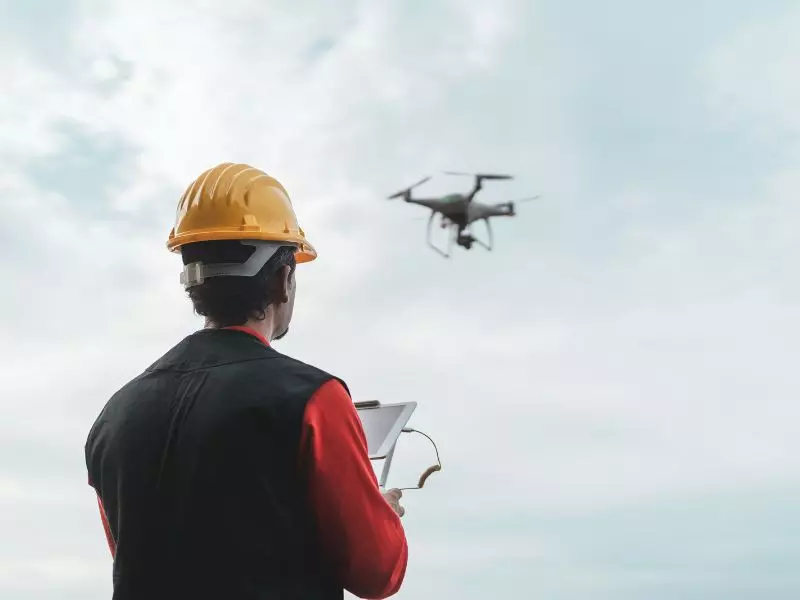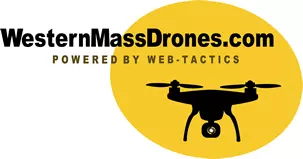All across Western Massachusetts, building owners and real estate management companies work with us regularly for drone building inspection projects.

These projects range from facade inspections to more complicated drone inspection jobs that require an in-depth inspection of roofs, HVAC equipment, and more. Whatever the requirement, here's how we make sure that we ace every single project & data point and give the client the information they need to make informed decisions.
Drone Building Inspection Steps
Detailed Inspection Brief
As with any of our drone projects, the first and most important step is to have a detailed brief with the client to understand:
-
What data sets are required and by whom - an inspector, surveyor, asset manager, etc.
-
Building specifics - height, location, and so on
-
Location specifics - obstructions, proximity to other buildings & public spaces, and more
-
The time frame for the project and data delivery
-
Project Budget
With the brief in place and the client firmly clued into what the final deliverables are going to be, we start with the operations planning phase.
Operations Planning
At Western Mass Drones, we are firm believers in the 5Ps of Drone Inspections - Prior Planning Prevents Poor Performance. To that end, here are factors we make sure to take into consideration:
Building Architecture & Design
This is important to understand how the building has been constructed. This will help us plan the best drone inspection route and also give us an idea of what we might expect to find during the inspection.
Building Use & Occupancy
Is the building in use? If so, are there any areas that we need to be aware of or avoid? This is important to know as it might impact when we can carry out the drone building inspection.
Height, Location, & Surroundings of the Building
The height of the building will dictate what kind of drone we use for the job and also how many flights we need to complete the inspection. The location and surroundings are important factors to consider from a safety standpoint.
Obstructions & Safety Zones
Are there any obstructions near the building that we need to be aware of? This could be anything from other buildings to trees and power lines. We also need to make sure that we establish a safe zone for the drone to take off and land in.
Weather Conditions
The weather is a major factor that we need to take into consideration when planning any drone operation. If the weather is not conducive to flying, then we need to reschedule the drone building inspection.
GPS Availability
GPS availability is important for two reasons - first, it helps us plan the drone flight path, and second, it ensures that we can collect accurate data.
Map of the Building & Flight Path
Once we have all of the above information, we create a map of the building and the planned flight path. This helps us to make sure that we cover all the required areas and also helps us to avoid any potential hazards.
Once we have all of these factors sorted, we can move on to the actual drone building inspection.
Conducting the Drone Building Inspection
The first step is to choose the right drone for the job. This will depend on the height of the building, the size of the area to be covered, and the required data sets. For example, if we need to inspect a building facade, we would use a smaller drone that can get close to the building. If we need to inspect a roof, we would use a larger drone with more lift capacity.
Once we have the right drone, we carry out a pre-flight check to make sure that everything is in order. This includes checking the drone batteries, propellers, gimbal, and camera.
We then set up the safe zone for the drone to take off and land in. This is usually a few meters away from the building. The next step is to launch the drone and start the building inspection. The drone will follow the predetermined flight path, taking photos and videos of the building as it goes. Once the drone building inspection is complete, we land the drone and download the data.
Post-Flight Analysis & Reporting
The final step is to analyze the data and create a report for the client. This report will include photos, videos, and any other relevant information. Once the report is complete, we send it to the client so they can see the results of the drone building inspection.
Conclusion
Western Mass Drones is your one-stop drone company for all your drone needs. We offer a wide range of services, including building inspections, roof inspections, and more. Contact us today to see how we can help you.

